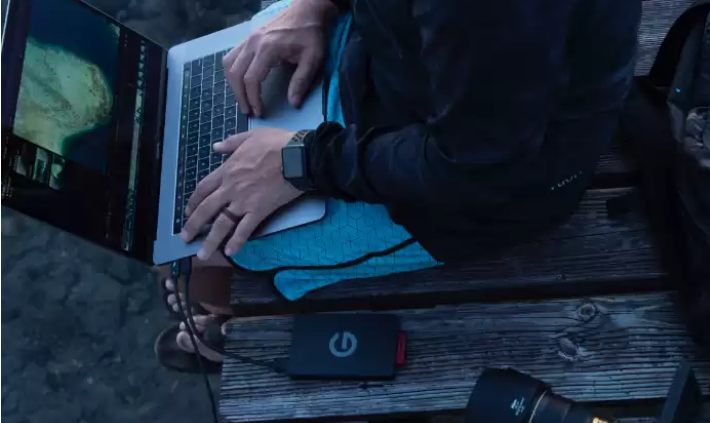G-Technology: On Set Professional’s Guide to Picking the Right Hard Drive
By Adam Noyes
G-Technology has recently released a great guide to which of their drives fits best in which workflow. G-Technology makes everything from portable drives, to desktop solutions, all with different speeds and varying ruggedness. We’re taking a look at G-Technology’s guide to picking the right drive, below.
Picking the right storage device for a specific job can be a real pain, but it’s integral to designing an efficient workflow. We’re here to help you find the right solutions for your needs and break down some best practices that can help keep things on budget, more secure, and on pace.
G-Technology
3-2-1: The Gold Standard
The ‘Gold Standard’ for how you protect OCF and other important files is the 3-2-1 Rule: THREE copies, one that you work off of and two backup⁵ copies; saved on TWO different types of storage (i.e. HDD/SSD, Tape, Server, etc.); ONE copy stored in a different location in case of fires, accidents, etc. The key is to have a clear plan and protocol in place with your fellow production members on and off set. You also must confirm receipt and validation of copies before any are wiped and the media reused.
Tip: Designate someone to ‘manage’ the process, and make sure they communicate with everyone handling media prior to production starting. Make sure everyone is aligned.

Checksum Before You Wreck Some
If your workflow is not utilizing confidence-based checksums and MHLs (media hash lists), it’s not a professional workflow, full stop. As good as OS based file managers may be, they do not create a verifiable record that your OCF has transferred properly, and completely. These records are necessary when managing OCF, whether multi-million dollar or phone-based productions. There are several industry standard software options to facilitate checksum transfers, without overcomplicating it for you.

Find Your Balance of Read and Write Transfer
A common misconception in media workflows is the expectation of how fast your data transfers. Ultimately it is your Capture Media’s listed Read rate in MB/s, matched with an offload drive that has AT LEAST as fast a Write speed in MB/s, that determine whether you’re slowing down your workflow. Two things to be mindful of are; 1. Capture Media readers that slow you down 2. Your interface’s theoretical ‘speed limit’ or ‘cap’ on how fast data moves over it (usually listed in Gb/s). Interface plays a bigger role in multiple offloads.
Tip: Look closely at your read/write speeds, use speed tests, and simple addition and subtraction to make sure you’re not slowing yourself down.

G-Drive Mobile SSD

The Mobile SSD features IP67 water and dust resistance, and can withstand a 3 meter drop. It is also 1000IB crushproof, and provides durable storage for your data.
G-Drive Mobile Pro SSD

Mobile Pro SSD is equipped with Thunderbolt 3 technology. It is also durable and shock resistant. This drive fits perfectly in your multi-stream 8K workflow, and can store 8K footage at full frame rate. It can transfer up to a terabyte of media in seven minutes or less.
ArmorATD

This is a rugged, all terrain drive that is completely portable. This is made for filmmakers and producers on the road in difficult environments, and comes equipped with triple layer shock resistance, as well as a solid aluminum enclosure.
G-SPEED Shuttle with Thunderbolt 3

This desktop solution comes with up to 72 Terabytes of capacity, and transfer speeds up to 1000MB/s. G-Speed Shuttle is a thunderbolt 3 device that is perfect for demanding workflows.
G-Speed Shuttle SSD:

One of the most powerful SSD desktop storage solutions available today. This drive has transfer speeds up to 2800MB/s, Thunderbolt 3 connectivity, and it comes packed in a transportable design perfect for editing multi camera footage in real time.
G-SPEED Shuttle XL with Thunderbolt 3

Shuttle XL is a transportable 8-bay hardware RAID solution. It packs transfer speeds up to 2000MB/s with Thunderbolt 3 technology. This offers creators high speed capacity and powerful performance.

